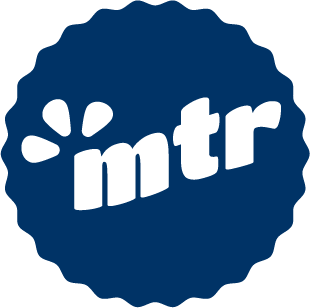Leash Reactivity: Where to Start
Before I became a trainer, I had two leash reactive pit mixes, Kali and Patty. Although they played well with others off-leash, on-leash they would bark, lunge and pull at the sight of another dog. Eventually, I couldn’t separate the reactivity from their sociability and opportunities for enrichment waned, along with my confidence in handling them on-leash.
Patty and Kali, 2006
Hard stares, barking, snapping, lunging or any combination thereof, are all examples of how a dog can be reactive.
To understand reactivity, lets first consider the ritualized way dogs greet one another off-leash. When first meeting, dogs approach each other in a kind of "S" curve, showing their sides and sniffing the ground to get a sense before there is any continued engagement.
Dogs communicate through body language and leashes can limit normal communication. In a leash free setting, if a dog approaches in a straight line with steady eye contact, it can lead to squabbles because it’s a confrontational way to greet an unfamiliar dog. When walking down a sidewalk, leashed dogs are involuntarily approaching one another in this way. This can lead to “hot” dog/dog greetings loaded with misguided arousal and even a well intentioned pup may suffer social mishaps.
Two Types of Reactivity
Most reactivity is coming from one of two places, frustration/arousal or fear. If you know your dog to be pro-social (playful with other dogs when off-leash), then your dog may be a frustrated greeter. This type of reactive dog barks, lunges and pulls because they want to close the distance between the other dog and themselves.
Herding breeds prone to vigilance, controlling movement and alerting often fall into this category. Because the motivation behind the behavior is to close the distance, training an incompatible behavior, improving impulse control and your dogs focus on you will improve your confidence walking your dog through distracting environments.
Some reactive dogs are fearful and seeking distance from the trigger. Dogs with incomplete socialization or who are socially selective are trying to create space between themselves and the approaching trigger. When a fearfully reactive dog barks, the other dog goes away, ensuring their safety and reinforcing the reactivity.
More than ever, we require our pups be on-leash. Because of this, reactivity without behavior modification often leads to less walks for the dog. Improving your dog’s reactivity increases their opportunities for enrichment while making walks enjoyable again.
So, to begin, determine whether you have a frustrated greeter (herding breeds often fall into this category) or a fearfully reactive pup.
Start by asking yourself if your dog is pro-social or socially cautious? Jot down a list of what your dog is reactive to (i.e. dogs, strangers, delivery trucks, the postman, skateboards, birds, squirrels) and identify if they are pro-social or socially cautious with each. Your dog can be pro-social with other dogs but socially cautious with people or any combination thereof, so it is important to specify as it will influence your training approach.
Predation
An important caveat, if your dog is reactive to squirrels, birds, bunnies or any other small mammals (and in some cases, smaller dogs), then your dog’s reactivity may qualify as predation.
The short hand way to spot the difference between predation and reactivity is stillness. Often when “prey” is spotted the dog will become still and quiet, they will lower their center of gravity and begin to stalk as opposed to becoming agitated and vocalizing. Counter-conditioning under-threshold will help reduce the intensity of their response however, predation is a trait we have spent hundreds of years breeding into our dogs and it will likely never be completely trained out. It will require management for the lifetime of the dog.
Now, let’s cover the basics of reactivity, whether coming from a place of frustration or fear. There is a lot of overlap in the treatment plans for reactivity but the motivation behind the behavior should always be considered as you wade through this process.

